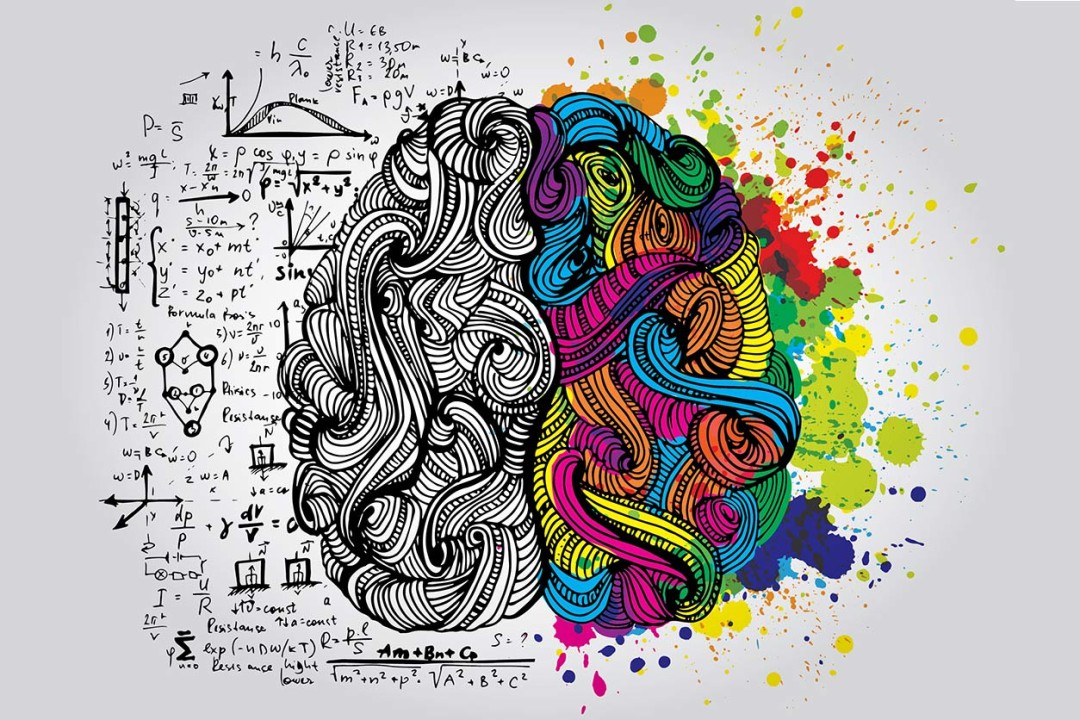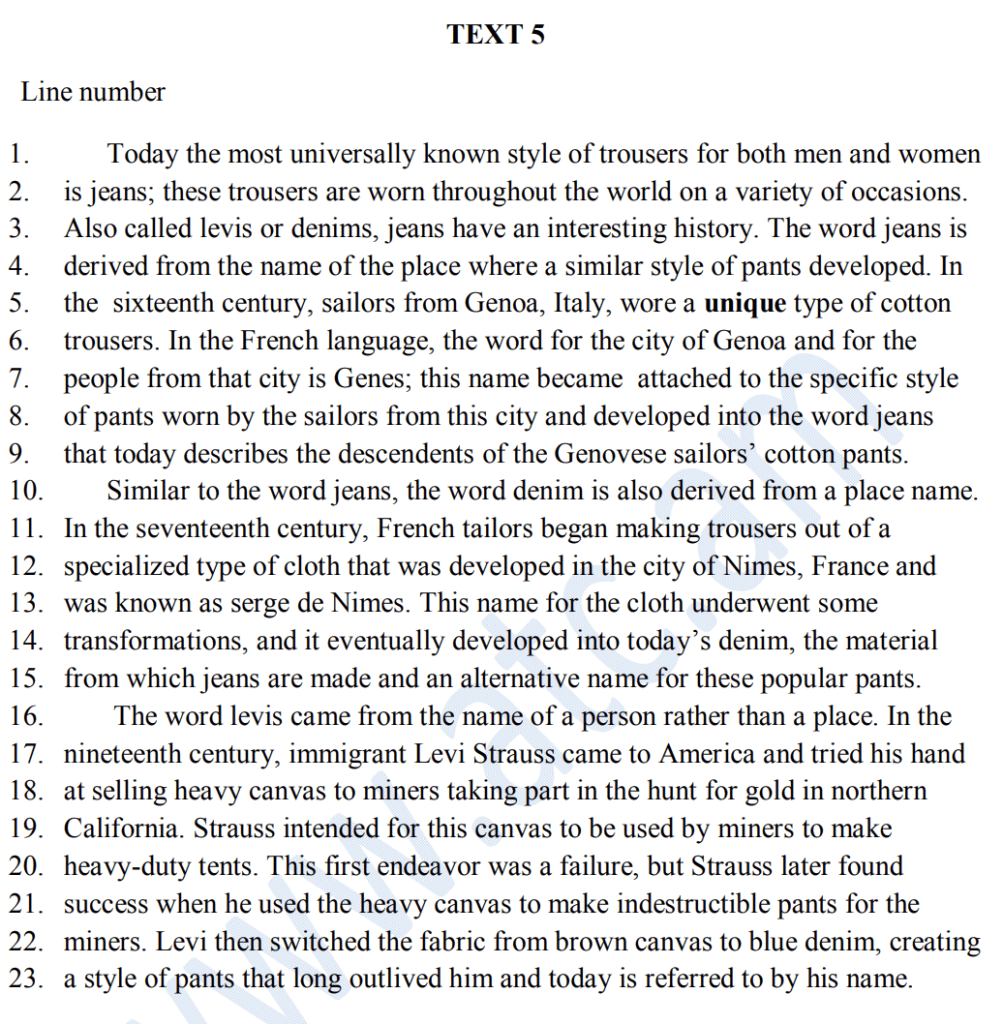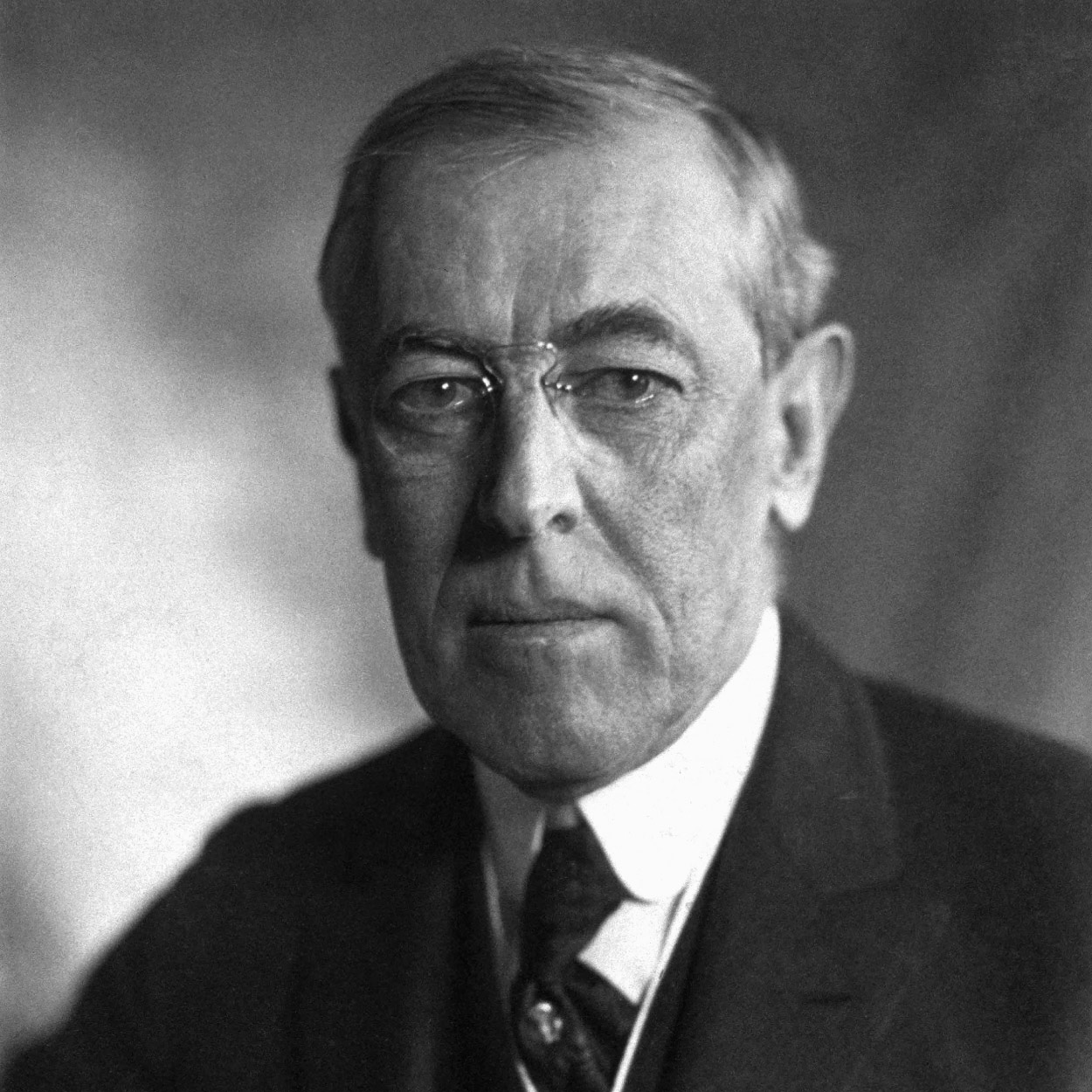
Today, I would like to talk to you about the fascinating topic of human imagination. Our imagination is a powerful tool that enables us to create, innovate, and explore alternative possibilities. It is the ability of the human mind to generate mental simulations of various scenarios, ideas, and outcomes that can be used for problem-solving, creativity, and innovation.
Imagination plays a crucial role in our lives, from our earliest childhood memories to our most profound and ambitious goals. It allows us to visualize and create new worlds, stories, and inventions that can inspire and influence others. Without imagination, we would not have the incredible works of art, literature, science, and technology that we enjoy today.
Our imagination is not just a source of inspiration, but it also helps us to explore new ideas and possibilities. It enables us to think creatively and come up with innovative solutions to complex problems. Through our imagination, we can visualize different scenarios, test different ideas, and come up with the best possible solutions.
Furthermore, imagination is not just a personal attribute, but it is also a social one. We can share our imaginations with others and collaborate to create something new and exciting. In this way, imagination fosters social cohesion and enables us to work together to achieve our common goals.
In conclusion, human imagination is a powerful tool that has the potential to shape and transform the world around us. It enables us to dream, create, and innovate, and it is essential for personal and social growth. So let us continue to use our imagination to explore new ideas, create new works of art, and solve the complex problems of our world.

Another important aspect of imagination is that it is not just limited to the visual sense. We can imagine sounds, smells, tastes, and textures, and we can even imagine emotions and feelings. This ability to create a rich, multi-sensory experience in our minds is crucial for creative thinking, problem-solving, and innovation.
Furthermore, imagination is not a static ability but one that can be developed and improved over time. Just as we can train our bodies through exercise, we can train our minds to become more imaginative through activities like reading, playing music, engaging in creative writing, and other forms of art.
Finally, it’s worth noting that imagination is not just an individual attribute but is also a social one. We can share our imaginations with others through stories, art, and other forms of communication, creating a shared experience and fostering social bonds.
In summary, imagination is a vital aspect of human cognition, enabling us to explore and manipulate mental images, generate mental simulations, and create new ideas and possibilities. It is a multi-sensory, dynamic ability that can be developed and shared with others, making it an essential tool for personal and social growth.













:max_bytes(150000):strip_icc():format(webp)/illo_BodyLanguage-FacialExpressions-5984a329519de20011f991a8.png)
:max_bytes(150000):strip_icc()/GettyImages-589938127-41a5ac2347be49258e72ccbbfa1f20f5.jpg)







